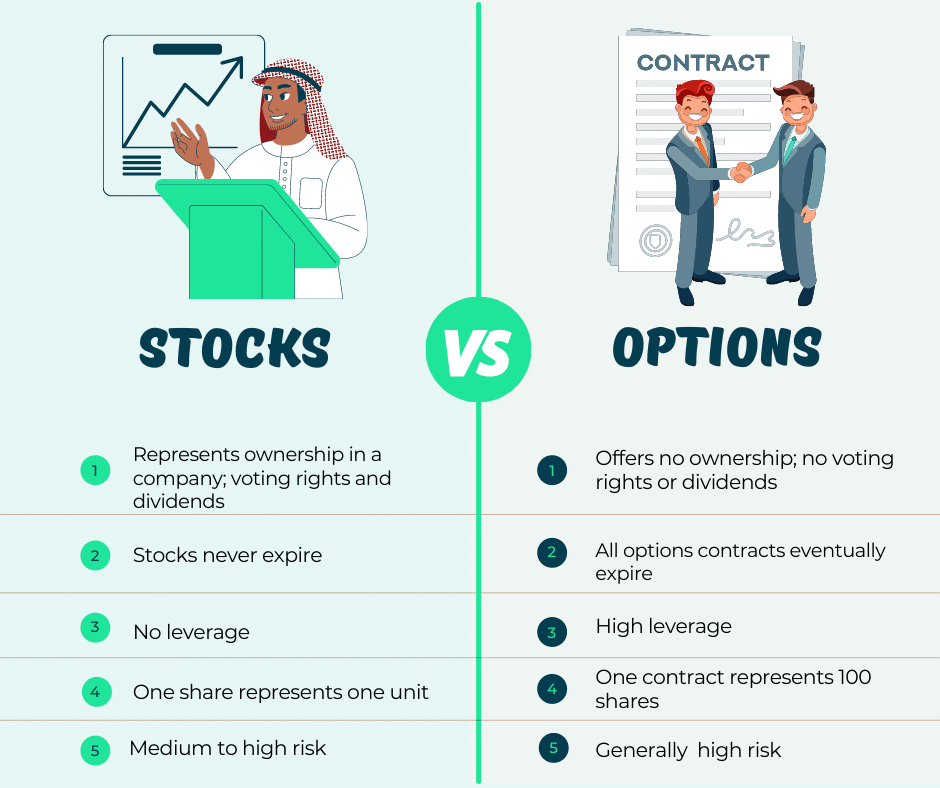Introduction

Image: www.angelone.in
In the realm of financial markets, the relentless fluctuations of stock indices often present both opportunities and challenges for investors. To harness the potential of these market movements, index option trading strategies have emerged as a valuable tool for savvy investors seeking to manage risk and enhance returns. This comprehensive guide delves into the fundamentals of index option trading strategies, empowering you to navigate market volatility with confidence.
As you embark on this journey, it’s crucial to understand that an index option represents a contract that grants the holder the right, but not the obligation, to buy or sell an underlying index at a predetermined price on a future date. This inherent flexibility allows investors to employ diverse strategies tailored to their specific investment goals and risk tolerance.
Understanding the Basics of Index Options
To fully grasp the intricacies of index option trading, it’s essential to understand the underlying concepts:
- Type of Option: Calls confer the right to buy, while puts provide the right to sell.
- Strike Price: The predetermined price at which the underlying index can be bought or sold.
- Expiration Date: The date on which the option contract expires, rendering it worthless.
- Premium: The upfront cost paid by the option buyer to acquire the contract.
- Intrinsic Value: The difference between the strike price and the current index level.
Types of Index Option Trading Strategies
The versatility of index options empowers investors with a wide range of trading strategies:
- Bull Call Spread: A bullish strategy that benefits from a rising index.
- Bear Put Spread: A bearish strategy that profits from a declining index.
- Iron Condor: A neutral strategy that thrives in periods of low volatility.
- Collar: A strategy designed to reduce portfolio risk by creating a buffer zone.
- Straddle: A bullish or bearish strategy that bets on significant index movement without direction.
Advantages and Risks of Index Option Trading
Like other investment strategies, index option trading comes with both potential benefits and risks:
Advantages:
- Enhanced leverage and capital efficiency
- Risk management and portfolio diversification
- Potential for substantial returns with limited upfront capital
Risks:
- Limited time value decay
- Option price sensitivity to volatility
- Market uncertainty and unpredictable index movements
Tips for Successful Index Option Trading
To increase your chances of success in index option trading, consider these valuable tips:
- Understand Market Trends: Stay informed about economic events and index performance to identify potential trading opportunities.
- Choose Strategies Based on Risk Tolerance: Determine your ability to withstand losses and select strategies that align with your risk appetite.
- Manage Your Positions: Monitor your trades actively and adjust your strategy as needed to manage risk and maximize returns.
- Consider Volatility: Volatility plays a crucial role in option pricing. Study historical volatility patterns to make informed decisions.
- Use Trading Discipline: Avoid emotional decision-making and stick to your trading plan to maintain consistency and reduce risks.
Conclusion
Index option trading offers a powerful approach to harness market volatility and pursue investment goals. By understanding the basics, exploring different strategies, and adhering to sound trading principles, investors can navigate the dynamic world of index option trading with confidence and reap its potential benefits. Remember, knowledge is your greatest asset in this complex and evolving market.

Image: koniukhchaslau.com
Index Option Trading Strategy

Image: www.projectfinance.com







